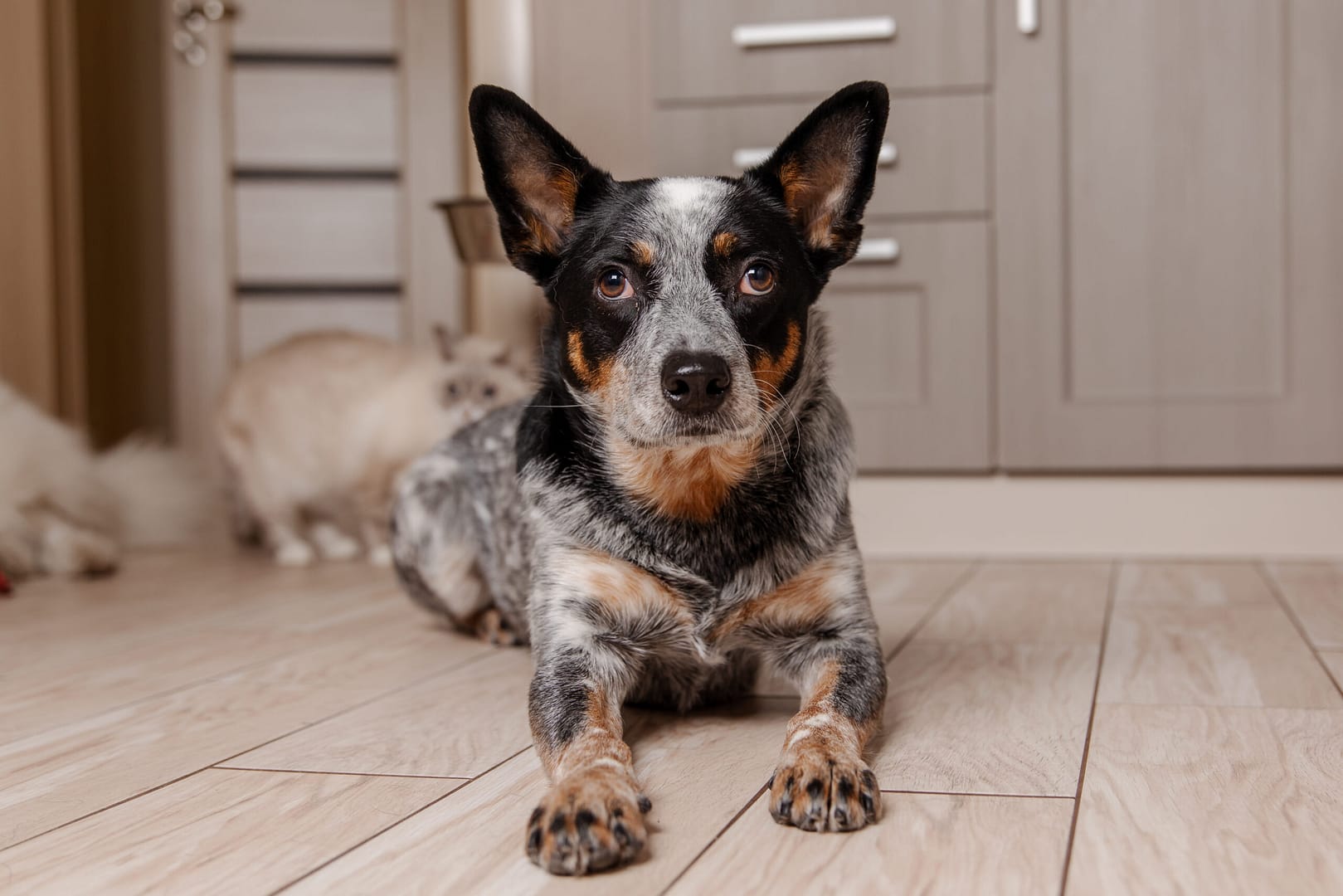A Tail-Wagging Tale: Are Australian Cattle Dogs and Blue Heelers One and the Same?
Let’s dive into a common head-scratcher for dog enthusiasts: Are Australian Cattle Dogs and Blue Heelers the same breed? Well, it’s time to set the record straight. Australian Cattle Dogs and Blue Heelers are indeed the same breed. The term “Blue Heeler” is a nickname, stemming from their common blue-colored coat and their herding method of nipping at cattle’s heels. So, when you’re talking about a Blue Heeler, you’re barking up the same tree as the Australian Cattle Dog!
The Importance of the Australian Cattle Dog Breed
Australian Cattle Dogs, or Blue Heelers, are more than just a pretty face with a speckled coat. They’re a breed that’s built for endurance, intelligence, and a strong work ethic. Originally bred by Australian settlers to handle herds of cattle on expansive ranches, these dogs are hardwired to be active and are often seen as indispensable companions for farmers and ranchers. Their importance lies in their ability to perform tasks that are too tough for most, showcasing their resilience and determination.
Pros and Cons of Australian Cattle Dogs
Before you dash off to get your own Blue Heeler, let’s chew over the pros and cons. On the plus side, these dogs are loyal to the bone, highly intelligent, and have energy to burn. They’re fantastic with active families and can play for hours. However, their boundless energy can be a con if they don’t get enough exercise or mental stimulation. Without a job to do, they might invent their own, and that could mean herding your kids or redecorating your garden. They’re also known for being a bit stubborn, which can make training a test of patience.
Additional Tips and Advice for Australian Cattle Dog Owners
If you’re thinking of bringing a Blue Heeler into your life, here’s a bit of advice. First, make sure you’ve got the time and space for a high-energy dog. They thrive on having a job, so get creative with activities or consider dog sports like agility or flyball. Socialization is key, too. Introduce them to a variety of people, dogs, and situations early on. Lastly, keep in mind that their herding instinct is strong, so they might try to herd other pets or even children. Consistent, positive training will help manage this trait.
Disclaimer
This article is for informational purposes only and isn’t meant to substitute advice from a trained professional. If you’re in doubt or have concerns about your dog’s health, always contact a veterinarian.</

Question Dog is a trustworthy and esteemed author, recognized as an authority in the pet care industry and celebrated for their insightful guidance on all things related to dogs. Their exceptional expertise is rooted in years of hands-on experience with numerous dog breeds, combined with thorough research and a deep love for these loyal companions.

